Floor coatings and waterproof coatings face a transition period
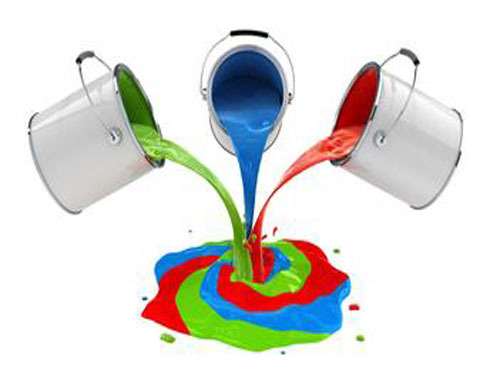
Wall paints, decoration paints, and furniture paints are indispensable materials for architectural decoration. With strong market demand, they have been the most intensely competitive and intensely competitive areas within the paint industry. In contrast, due to the strong professional construction of floor and waterproof coatings, and the neglect of floor and waterproof projects, the floor and waterproof market has not yet been fully opened, and there is still much room for development. As China's floor and water industries have lower access thresholds, many coating companies have entered the floor and waterproof markets one after another, leading to fierce competition in the industry and inconsistent product quality, resulting in disorderly industry competition. How to break through the "bottleneck" of its own development and become the key to the future development of the flooring and waterproof coating enterprises.
Floor standards will be perfect
"This year, the China Building Materials Federation Floor Materials Branch plans to compile the relevant floor industry standards, and the standard will introduce the reference foreign standards system, which mainly involves on-site inspection of floor projects." This was revealed by Liu Xiaoxin, chief expert of Floor Materials Division of China Federation of Building Materials, at the "Global Floor Summit (Guangzhou)". According to reports, the standard will mainly focus on the flatness, impact resistance, wear resistance and stickiness of the floor.
Flooring industry in China is still a sunrise industry. With the rapid development of China's economy, it has driven the market demand for flooring coatings industry. Today, projects relating to flooring are increasing year by year in new construction, reconstruction, and expansion projects throughout the country. The annual completion of projects in the country is 2 billion square meters. However, in recent years, as the access threshold for flooring industry has decreased, many companies have also entered the floor market, resulting in fierce competition in the industry, product quality is difficult to divide, resulting in disorderly industry competition. The introduction of construction standards will hopefully change this situation and standardize the healthy development of the floor industry.
With the continuous improvement of people’s environmental awareness, the state has successively enacted environmental regulations that limit volatile organic solvents (VOCs). The transformation of solvent-based resins into water-based resins and solvent-free resins has become a trend in the development of building materials. Domestic “green building standards†The introduction of the floor also requires indoor materials such as floor to reduce volatile harmful substances. Liu Xiaoxin said, “At present, China's industrial flooring coatings are still mainly based on solvent-based and epoxy floor coatings. In the future, the floor industry must transform to green environmental protection, and promote the application of water-based floor coatings, otherwise it will be eliminated by the market. danger".
"From industrial floors to commercial flooring" is also the development trend of the floor industry in the future. Compared with foreign countries, the development of China's floor industry has started slowly, and floor applications are currently concentrated in the pharmaceutical, electronics, and chemical industries. With the rapid growth of the national economy, mall exhibition halls, government agencies, public buildings, etc. have begun to use floor decoration. Commercial applications will greatly expand the use of floor materials and provide possibilities for the further development of the flooring industry.
Water-based environmental protection trend
"The output value of China's waterproof industry exceeds 180 billion yuan; the total amount of waterproof material is the second largest in the world, second only to the United States." This is described by Shen Chunlin, director of the waterproof material design institute of Suzhou Philippine Institute of Mines, in the "2014 Modern Building Waterproof Forum". China's waterproof industry status quo. Shen Chunlin said that with the continuous growth of the construction industry, China's waterproof new materials and new processes have been continuously increased, production capacity has improved significantly, and product quality has approached or reached the international advanced level of similar products.
However, the penetration rate of waterproof technology and waterproof material is not very high. According to CCTV, 65% of newly-built buildings have leaked after 1-2 years, 65% of consumer complaints are due to leaking houses, and 65% of houses need to be rebuilt after 6-8 years. “This is more of the construction unit does not attach importance to, ignore the quality of building waterproofing project,†Shen Chunlin stressed that the application of waterproof materials need to be further expanded, the overall quality of waterproofing projects need to be improved.
The quality of the construction site should be strictly improved to standardize the product performance; the waterproof, professional knowledge and skills of the design, construction, and supervision shall be improved through regular training; and the current situation of the low quality of the waterproof project and the slow development of the waterproof industry shall be changed.
Spraying quick-setting rubber bitumen waterproof coating, infiltrating epoxy waterproof coating, moisture-curing environment-friendly polyurethane waterproof coating, spraying polyurea waterproof coating, JS polymer cement waterproof coating, etc. are waterproof coatings that he believes are worth developing in the future. The common feature of these waterproof coatings is that they are odorless, non-toxic, water-based, environmentally friendly, and have excellent performance in terms of flame resistance, temperature resistance, and chemical resistance. Water-based environmental protection is becoming the trend of future development of waterproof materials.
As a branch of the paint and building materials field, floor and waterproof also have broad development prospects. At the same time, with the development, flooring, water and the same as the market is facing disorderly competition, product quality decline, environmental pressure and other issues. This requires the industry to increase awareness of urgency, ensure product quality, improve product performance, and strive to explore transformation and upgrading, to maintain the driving force of industry growth; need floor, waterproof companies to better regulate and improve themselves, abide by market rules, and jointly maintain the normal market order.
Regardless of floor, waterproof or paint, green environmental protection has become a common demand of people for building materials. Each industry is facing a critical period of transformation and development. Water-based development is becoming the main direction of future transformation of coatings. Floors and waterproof coatings still have a lot of room for development in China, and they still have a lot to achieve through transformation, upgrading and transformation. The development status of floor and waterproof industries also reminds the paint industry that it is imperative to speed up the process of industrial upgrading, adjust the industrial structure, and promote the sustained, rapid and healthy development of the industry.
Low-iron glass, also ultra clear glass, is a type of high-clarity glass that is made from silica with very low amounts of iron. This low level of iron removes the greenish-blue tint that can be seen especially on larger and thicker sizes of glass. Low-iron glass is used for aquariums, display cases, some windows, and other applications where clarity is desired.
Tempered or toughened glass is a type of safety glass processed by controlled thermal to increase its strength compared with normal glass. Tempering puts the outer surfaces into compression and the interior into tension. Such stresses cause the glass, when broken, to crumble into small granular chunks instead of splintering into jagged shards as plate glass (a.k.a. annealed glass) does. The granular chunks are less likely to cause injury.
Tempered Glass ultra clear glass is a kind of safety glass, with low rate of explosion, high transmittance, to meet some request which need high transmittance. For some printed or back painted tempered glass, ultra clear glass as for subtract can provide the truest color.
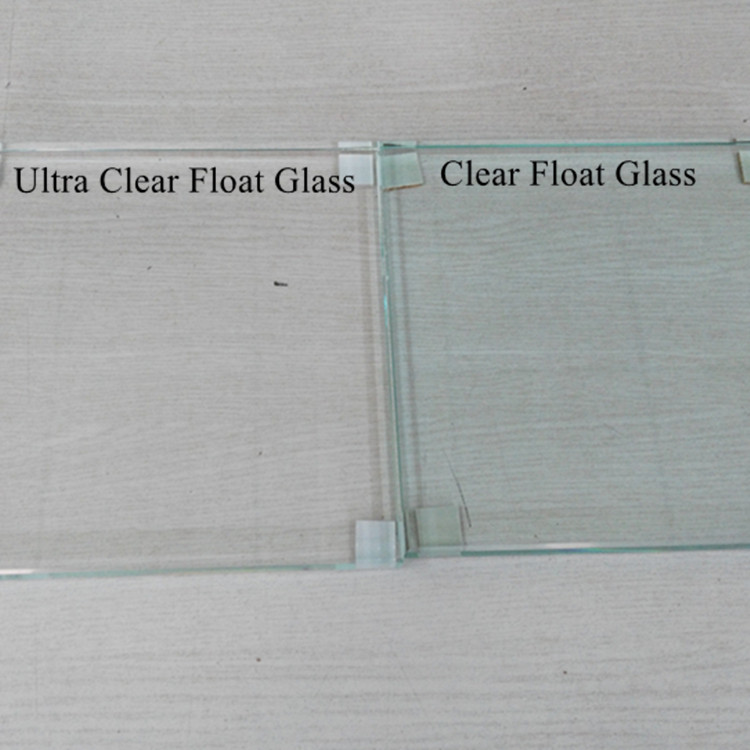
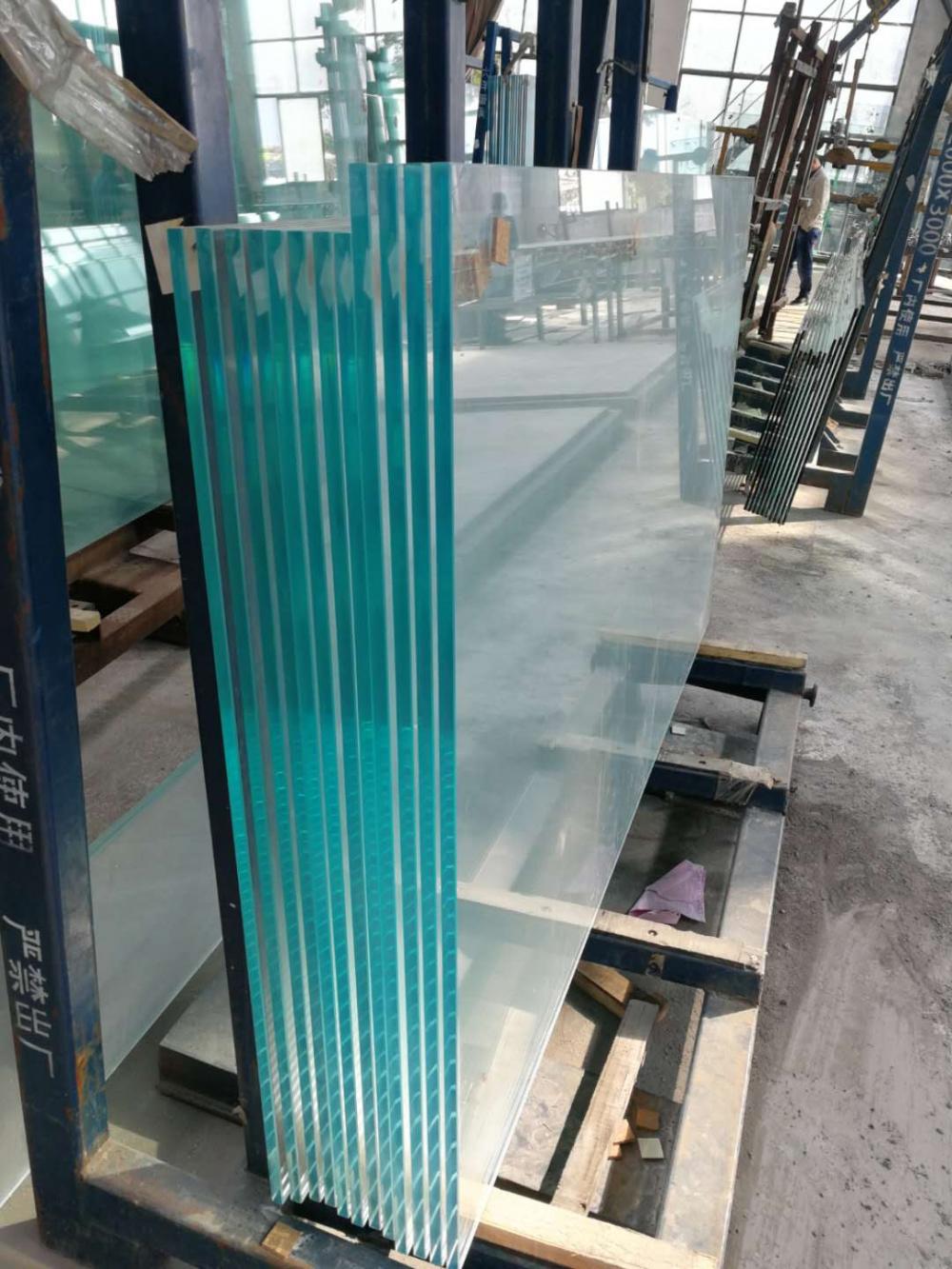
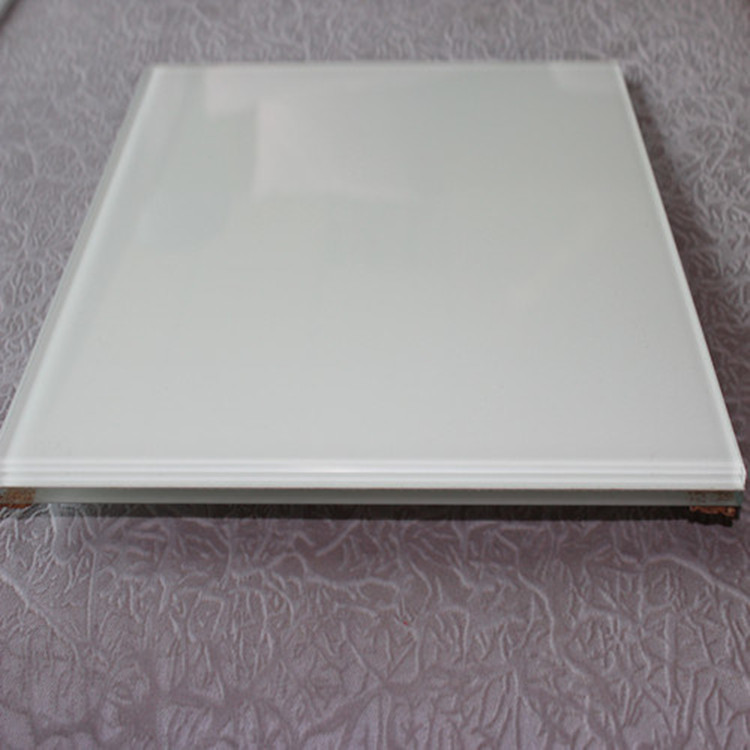
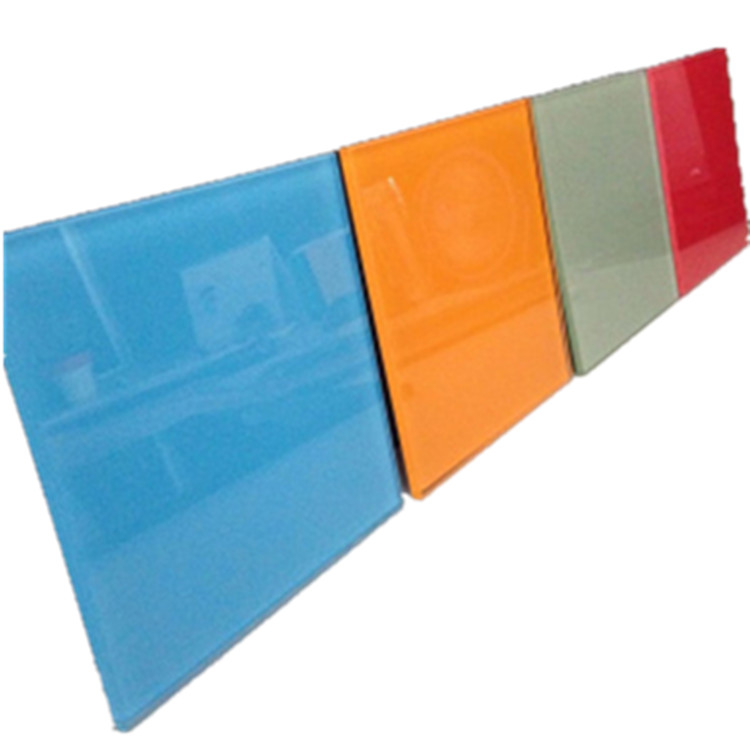
Safety Tempered Glass,Laminated Tempered Glass,Tempered Glass Panels,Uv Tempered Glass
Shanghai Lead Glass Co.,Ltd , https://www.leadglazing.com